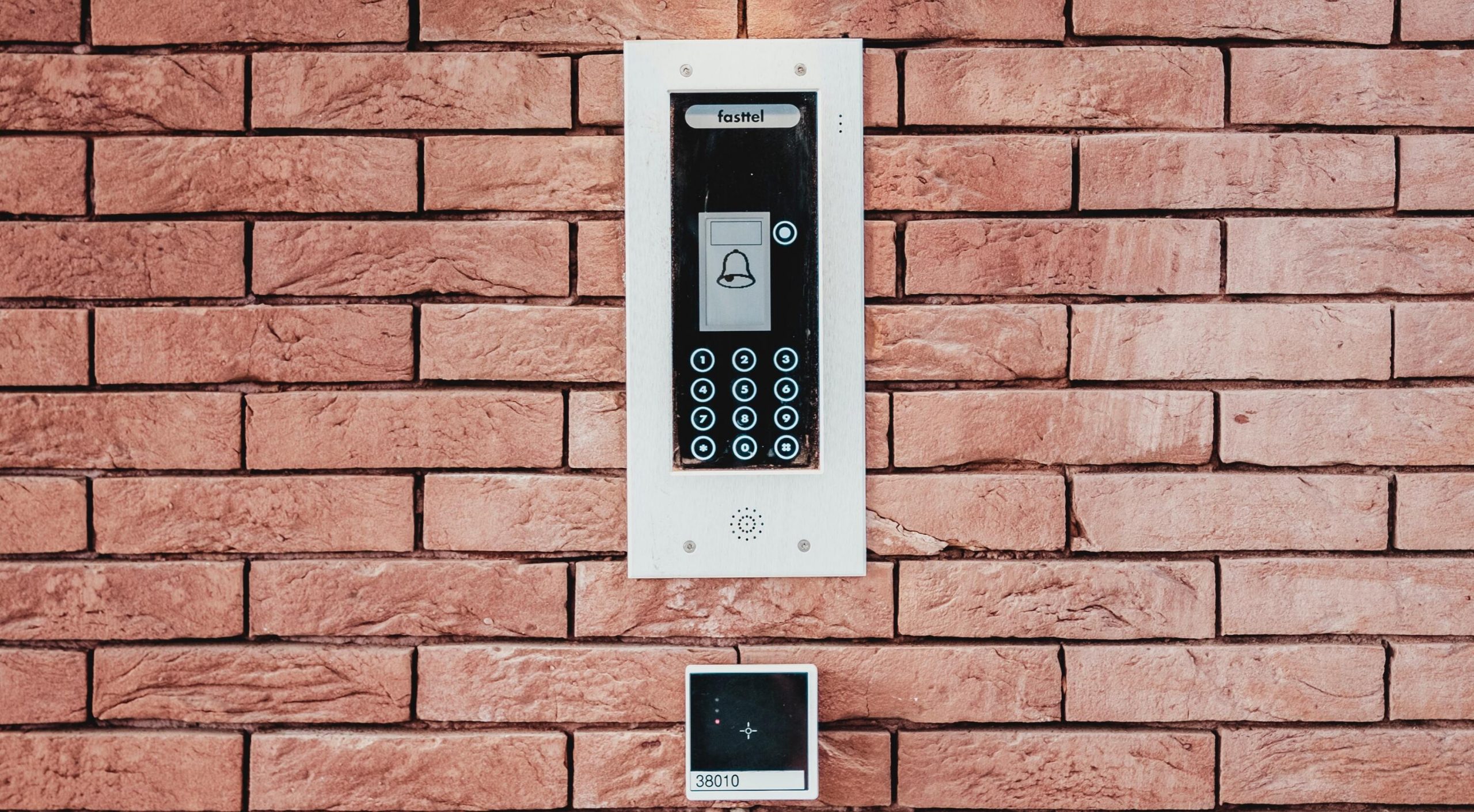Are you sure you own your devices? Or do you just have a temporary ability to use them that could vanish any second?
Smart home enthusiasts taken by Insteon marketing found out the hard way that their devices function at the suffering of the Insteon servers. When the company abruptly shut down, users found none of their devices worked because everything depended on a connection to servers that were no longer there.
This is an example of a vulnerability chain where the Insteaon servers proved the weakest link. Every networked device has a vulnerability chain from the client endpoint through multiple network devices until it reaches the server. Are you aware of the vulnerability chain from the card readers that control access to your building? Don’t be blindsided by a risk you hadn’t even considered.


